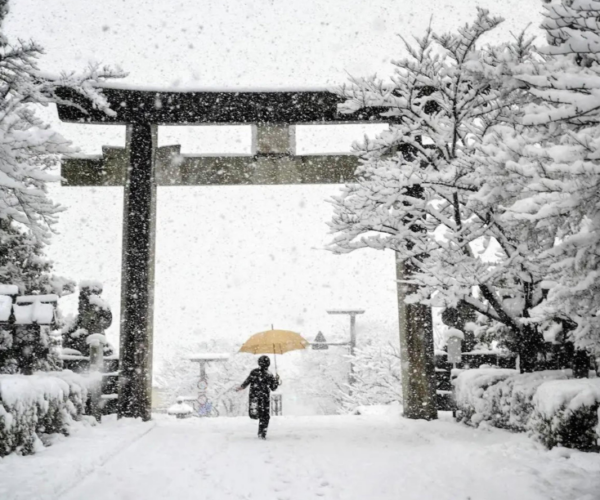Shedding Light on Japan’s School Truancy
This article was originally published in the March 2023 issue of CONNECT.
Veronica Neilson (Hiroshima)
When it comes to Japanese literature, it can be challenging to find an excellent story that captures your interest with its content and storytelling. Since Japanese storytelling may incorporate techniques that many Western readers aren’t as familiar with, some may wonder why various stories are popular in Japan. As much as I love Japanese literature, both in the original form and translated, I share a similar opinion with many native Japanese readers that it can be hard to understand a story’s message or relate to the characters (with language barriers aside). However, one story that captivated my curiosity and inspired my interest in Japanese literature was Mizuki Tsujimura’s Lonely Castle in the Mirror (Kagami no Kojo in Japanese).
After searching for numerous stories to try reading in Japanese, I accidentally stumbled upon Lonely Castle in the Mirror online while studying Japanese at my university. I confess that I loved the book’s cover design and plot summary. I was also surprised by how many positive reviews this book had from Japanese readers online, which is not as common among Japanese books as some people may think. The book won the 2018 Japan’s Bookseller Award due to its high sales and excellent reception. Some adult readers commented that this story made them cry because it was so engaging with its events, so I decided to buy it and read it in the original Japanese. Lonely Castle in the Mirror will not disappoint readers with its relatable characters and slice-of-life moments that remind us that everyone has their battles to face and overcome.
The story highlights a major social issue with school truancy among Japanese students from elementary through high school. Futoko (不登校, translated as school truancy) is a psychological and social problem with underlying causes that are difficult for many people, including the Japanese, to understand. In short, many students who refuse to go to school for more than 30 days are part of futoko (Cerantola). Many students who fall under this category of school absences may refuse to attend classes for numerous reasons. From bullying to having an incompatible learning style with a school, thousands of students nationwide lack the motivation to go to school and often suffer from depression and loneliness as they stay home.
In Lonely Castle in the Mirror, the protagonist Kokoro Anzai stops attending school due to her struggles to cope with bullying at her middle school. As the story progresses, Kokoro learns she is not alone in her lack of motivation to return to school as she joins six other middle school students in an alternate world behind her mirror. Another young girl wearing a wolf mask, named Okami-sama, instructs them to find a key hidden in the castle they are in to receive one wish that will come true. While Kokoro wishes her worst bully to disappear, she learns what the other students want and reflects on what matters the most in her life: having someone she dislikes disappear or caring for someone she cherishes.
As much as I enjoyed this story, this book seemed longer than necessary. The story could have been half the length, and it would retain its original plot. For a book over 300 pages, the story’s small interactions may seem like they prolong significant events. Also, despite the author’s extensive attention to detail, I wish I could have learned more about some of the students who Kokoro joined in the castle. While the anime does a better job addressing this point, I wanted to know more about Masamune and Subaru’s backgrounds as characters. Lastly, this story is dialogue-heavy, so readers who normally prefer more action-heavy plotlines ought to acknowledge this before considering this as their next leisurely read.
Overall, Lonely Castle in the Mirror provides readers with enjoyable characters and a plotline different from what they may expect from stories aimed at school students. While many other Americans and I have had some days where we lacked the motivation to attend classes, the social phenomenon of futoko is not nearly as prevalent in American society as it is in Japan. As a result, Mizuki Tsujimura’s story raised awareness about school truancy among Japanese society and what students can consider when regaining their desire to participate in education and interact with fellow classmates. This story does an excellent job of reminding us that we have our battles to face and overcome, but there are also some battles we can choose to fight or ignore. Although it is not a literary tale without flaws, Lonely Castle in the Mirror does an excellent job of reminding readers how important it is for us to frequently reflect and evaluate who and what matters to us most for our happiness and growth as individuals.
Veronica Nielsen is a first-year Coordinator for International Relations (CIR) living in Hiroshima Prefecture. She enjoys reading, writing, drawing, playing video games, and traveling around Japan. She hopes to go on a road trip this year to explore prefectures in Shikoku and Kyushu, where she has not visited yet.




